When does a side project become a band? For Diamond Rugs, the answer lies sometime between a night in 2011—when Deer Tick’s John McCauley, former Black Lips guitarist Ian St. Pé, and Six Finger Satellite drummer Bryan Dufresne shared a beer and mused about working together—and the sessions for Cosmetics, the D-Rugs’ sophomore album.
After that beer, St. Pé continued his tour with Black Lips. By the time he finished, McCauley had recruited the rest of the Diamond Rugs lineup: fellow Deer Tick Robbie Crowell (bass, keyboards, sax), Dead Confederate guitarist T. Hardy Morris, and Los Lobos’ Steve Berlin (horn, keyboards).
Back at Nashville’s Playground Sound Studio (where the band recorded their self-titled 2012 debut) the sextet worked fast, recording to one-inch 8-track tape with minimal overdubs and editing. The result solidifies D-Rug’s cable-knit rock ’n’ roll sound—the “loosely tight” feel that once defined bands like the Rolling Stones and Faces, but is increasingly rare in the digital age.
It’s a vibe almost impossible to create with a bunch of musical strangers or session players. But then, as St. Pé explained just before Cosmetics was released, Diamond Rugs isn’t just a collection of talented individuals. “This is definitely a band and not a side project,” he says. “The only difference is that we don’t play together that much because of our other band obligations.”
Why bother organizing so many people when you’ve got your regular band to worry about? “It was a good way to keep busy and keep in touch with some friends I don’t get to see often enough,” McCauley replied when we caught up with him. He went on to explain how this particular group of friends created something special.
Now that you’ve got two albums out, it’s clear that Diamond Rugs has a sound distinct from your main bands.
John McCauley: It just organically turned into a thing with its own vibe. It was just an experiment at first. We didn’t get together the first time 100 percent sure we were going to make an album. I don’t think any of us expected to record more than a couple of songs.
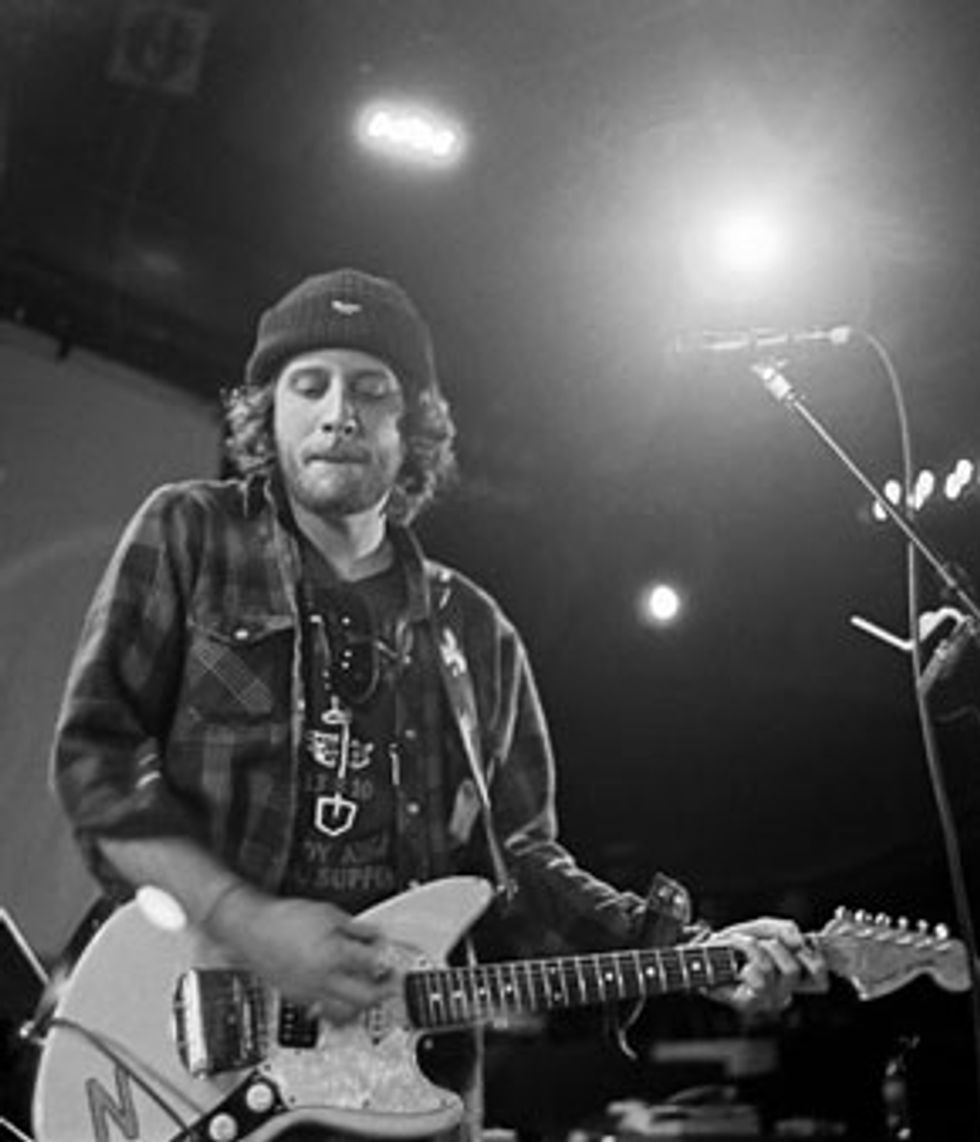
Photo by Mick Orlosky.
Six members from five different bands? That’s a lot for a side project!
Originally it was just going to be Ian, Bryan, and myself. It was just kind of a joke: We thought we’d write all these songs about weed and call ourselves Star Drama. But then I ended up meeting Steve Berlin, and he was asking about Middle Brother [an earlier McCauley side project] because he really liked the way that recording sounded. So I told him I was going back into the same studio to do something on the side with Ian from Black Lips, and he was like, “Oh, I love Black Lips!” So I invited him down to check out the studio and maybe play on something. Then I asked Robbie if he wanted to come down—he’s a great multi-instrumentalist. Then Hardy called me out of nowhere to say hello. He’s just a few hours away in Georgia, so I asked him “What are you doing this week? Why don’t you come to Nashville and check out what we’re doing in the studio?”
What were your goals for Cosmetics?
There wasn’t a whole lot of planning other than getting us all in the same place at the same time [laughs]. We wanted to do something pretty similar to what we did the first time. The only problem was, this time we knew we were a band! But in terms of songwriting, I approached it the same way. I didn’t bring in much material. I wanted to write it as we were going along. We limited ourselves to 10 days. It was kind of hectic.
Wait—10 days to write, rehearse, and record the whole album?
Yeah. That’s how we did it the first time. I’d be like “I have an idea—let’s riff on it.” We’d roll tape, and then I’d see if I could write some lyrics for it. That was it.
Did you do all the writing?
Hardy brought in some songs he’d written, but didn’t get to use with his band. He did that the first time, too. Also, Ian has the George Harrison syndrome in the Black Lips—they give him like one song per record, so he had a few he’d written.
Selfies of all the members of Diamond Rugs.
It’s striking how well you all interact musically. Is playing together as comfortable as it sounds?
It’s surprising to me most of the time. With Deer Tick, we have a thing—we’ve just been doing it for so long. We may not see each other for a couple months but when we get back together, we know what to expect from each other. With Diamond Rugs, when we get together, everybody’s thinking, “Well, how’s this gonna go?”
Is that a challenge?
More than anything else, I have trouble remembering all the lyrics to the Diamond Rugs songs because I don’t sing them every day. So there’s a little uneasiness to it, especially when we play live. But when we get in the groove, something cool happens with the six of us. It wasn’t something that we really expected, but it’s a result we’re happy with.
John McCauley’s Diamond Rugs Gear
Guitars
1978 Telecaster Custom
1967 Fender Mustang
Handmade (by McCauley) seafoam-green Jazzmaster copy
Fender Jag-Stang
Amps
Fender Hot Rod Deville 4x10 (live)
1967 Fender Princeton Reverb (studio)
Old Music Man 212-HD (studio)
Custom 45-watt John Davidson amp and 2x12 cabinet with 80-watt Celestions (studio)
Effects
Fulltone OCD
Boss CH-1 Super Chorus
Boss CH-1 Super Chorus (with B output plugged to create vibrato)
Boss FZ-5 Fuzz
BOSS BF-3 Flanger
MXR Carbon Copy Analog Delay
How did you track the album?
We did most things live to 8-track. We’d leave two or three tracks open for any overdubs. Sometimes, we’d leave the lead vocal off [the initial take]. We’d do all the drums onto one track. There are some songs with up to five instruments on one track. We had to do some really careful punching in and out. We actually made some mistakes and blew over some stuff that we couldn’t do again.But it’s fun. It’s a challenge, and it keeps you creative.
Is that different from how you record with Deer Tick?
On Deer Tick’s last record, we did basic tracks to 24-track tape, put them into Pro Tools, and did our editing and overdubs there. Every instrument was very isolated. Every drum had its own track. I don’t necessarily love recording like that, but I do like the product that comes at the end.
Diamond Rugs is much more than blowing off steam, though blowing off steam is the first thing that comes to mind. It’s quick and it’s pretty simple, even blending guitars to get them onto one track. It’s just kind of careless. We play, and we’re like: “Doesn’t that sound good? Because it’s not going to change much, even when we mix it. This is it!”
Does the live approach make you more focused in the studio?
I suppose—or maybe not. It just forces you to make really quick decisions. I’d like to try some of that with Deer Tick on our next record—we could use an experience like that.With Deer Tick, though, I feel a bit of added pressure because it’s much more my career and my life than Diamond Rugs. I guess it would be worth a try. We’ve done a few tracks in that style for compilations, cover songs, or whatever. I think we’re going to get together this spring for a week in Nashville and see what happens.
YouTube It
Diamond Rugs bring their raw, ragged energy to Philadelphia’s World Café in this six-song concert.
Touring must be hard on everyone’s schedule. How’s that working out?
With this tour and record, everybody wants to do a good job. We’re going to practice for a couple of days and do a warm-up show. We’re not touring with a horn section or anything. We talked about the idea of using social media to find local musicians. My job is pretty simple: just play guitar and sing. I don’t even play that many leads. I just have to remember all my lyrics [laughs]. That’s my biggest challenge!



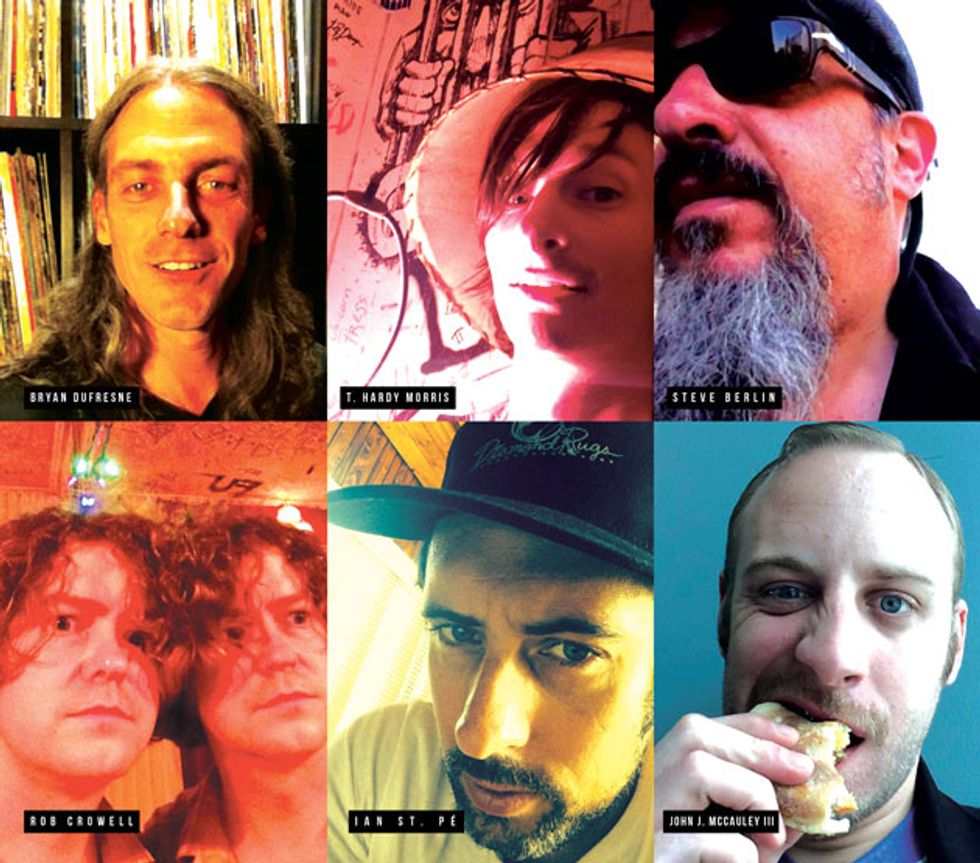
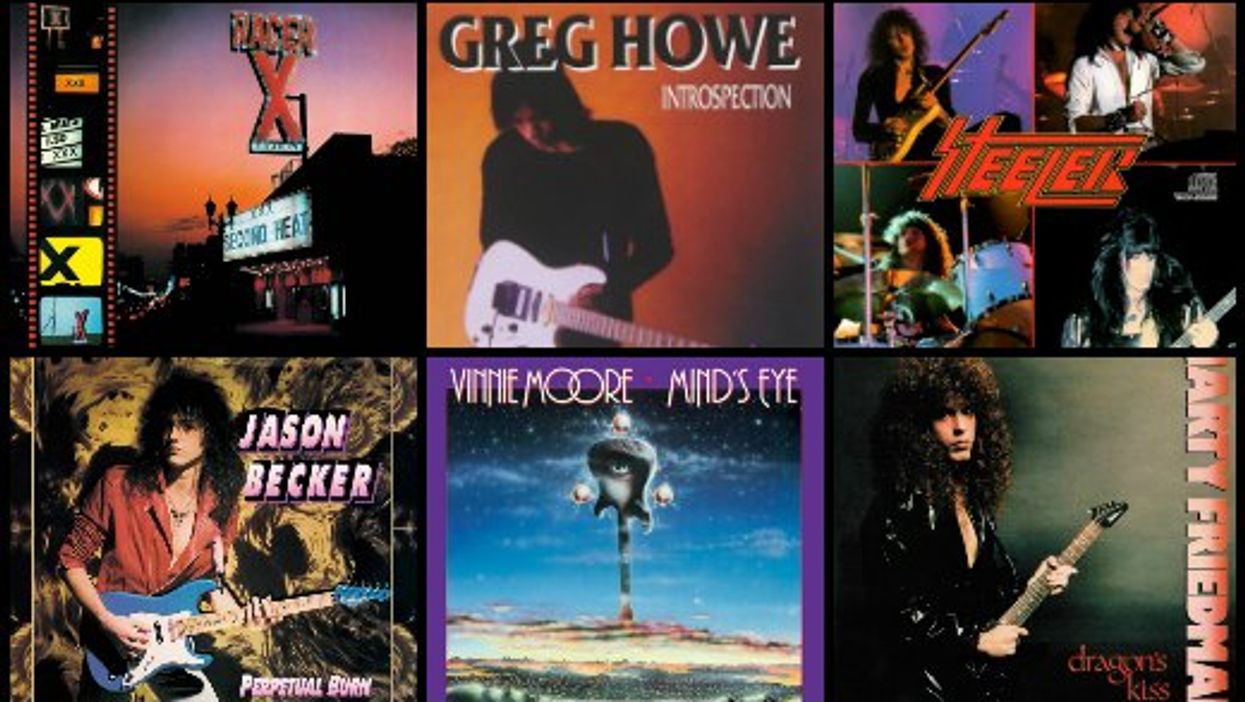
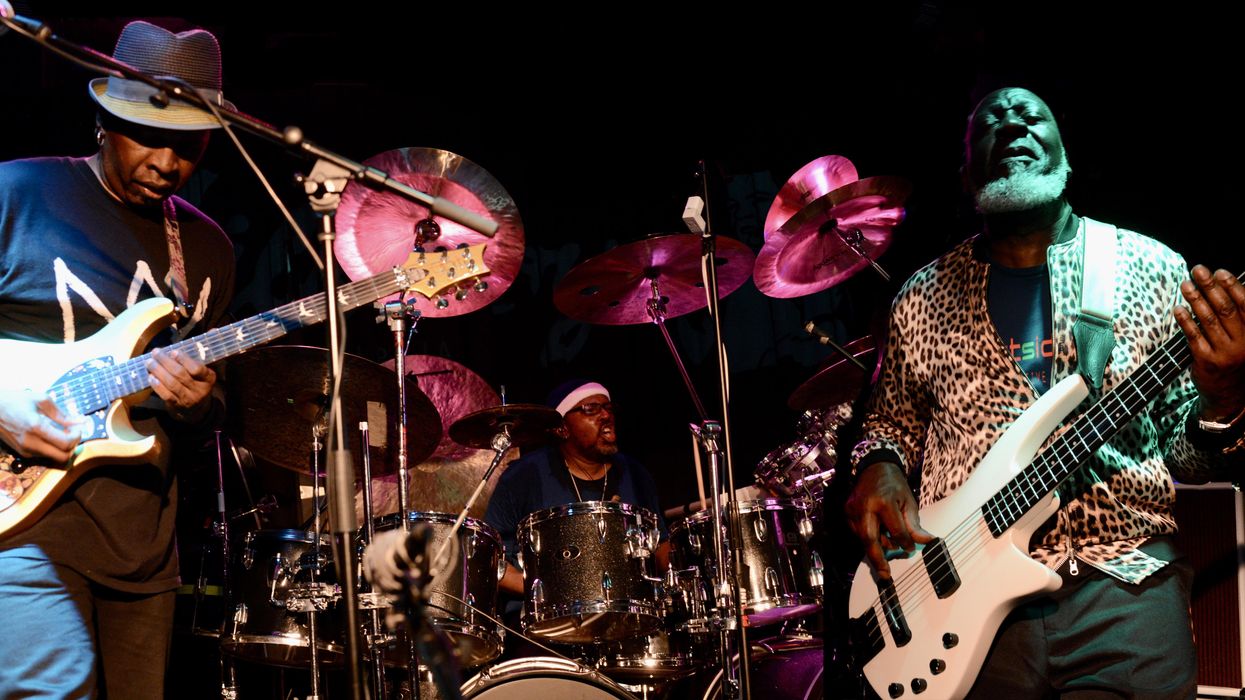



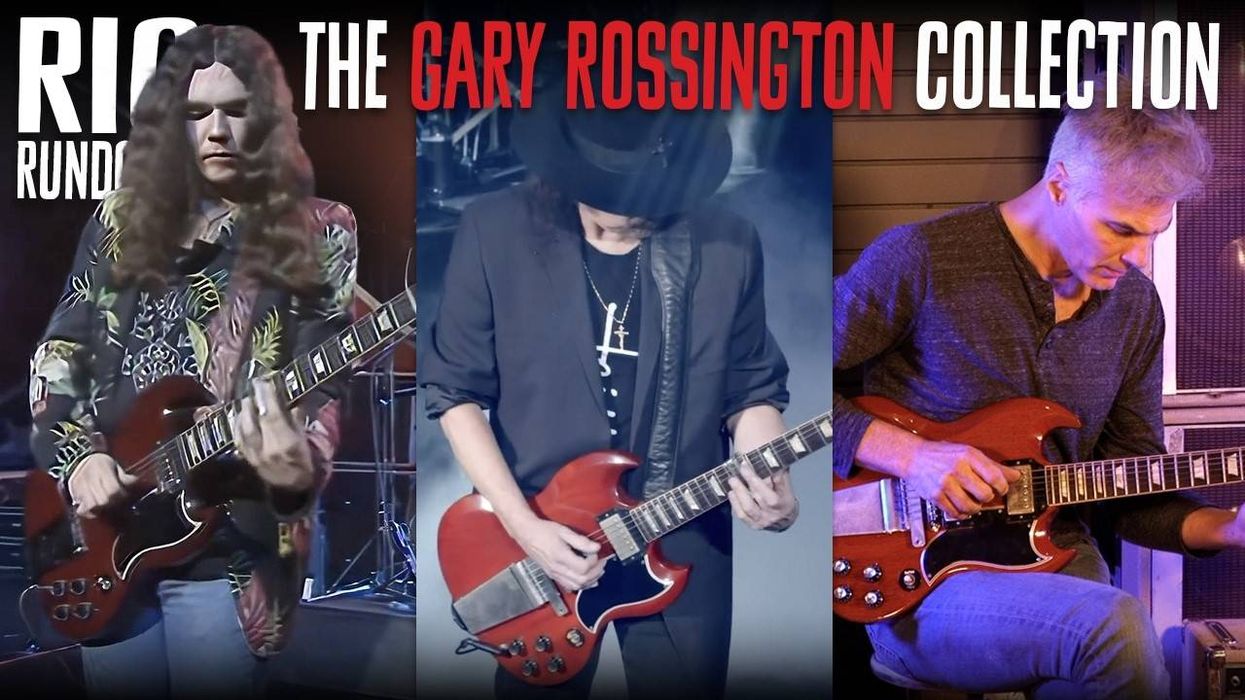
![Rig Rundown: Russian Circles’ Mike Sullivan [2025]](https://www.premierguitar.com/media-library/youtube.jpg?id=62303631&width=1245&height=700&quality=70&coordinates=0%2C0%2C0%2C0)














![Rig Rundown: AFI [2025]](https://www.premierguitar.com/media-library/youtube.jpg?id=62064741&width=1245&height=700&quality=70&coordinates=0%2C0%2C0%2C0)




















 Zach loves his Sovtek Mig 60 head, which he plays through a cab he built himself at a pipe-organ shop in Denver. Every glue joint is lined with thin leather for maximum air tightness, and it’s stocked with Celestion G12M Greenback speakers.
Zach loves his Sovtek Mig 60 head, which he plays through a cab he built himself at a pipe-organ shop in Denver. Every glue joint is lined with thin leather for maximum air tightness, and it’s stocked with Celestion G12M Greenback speakers.











